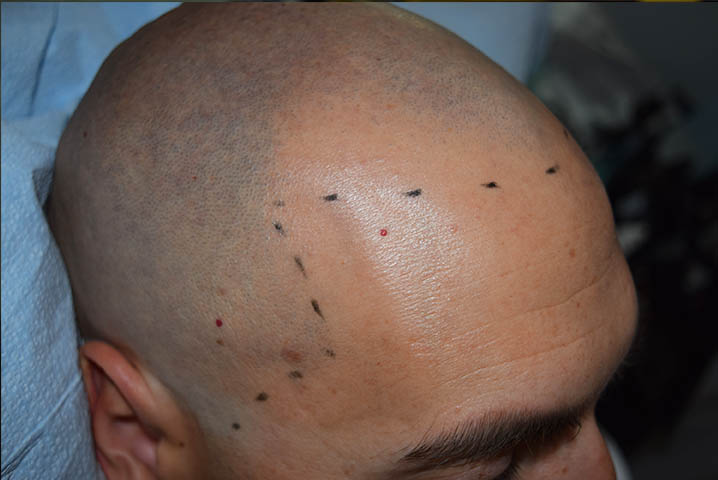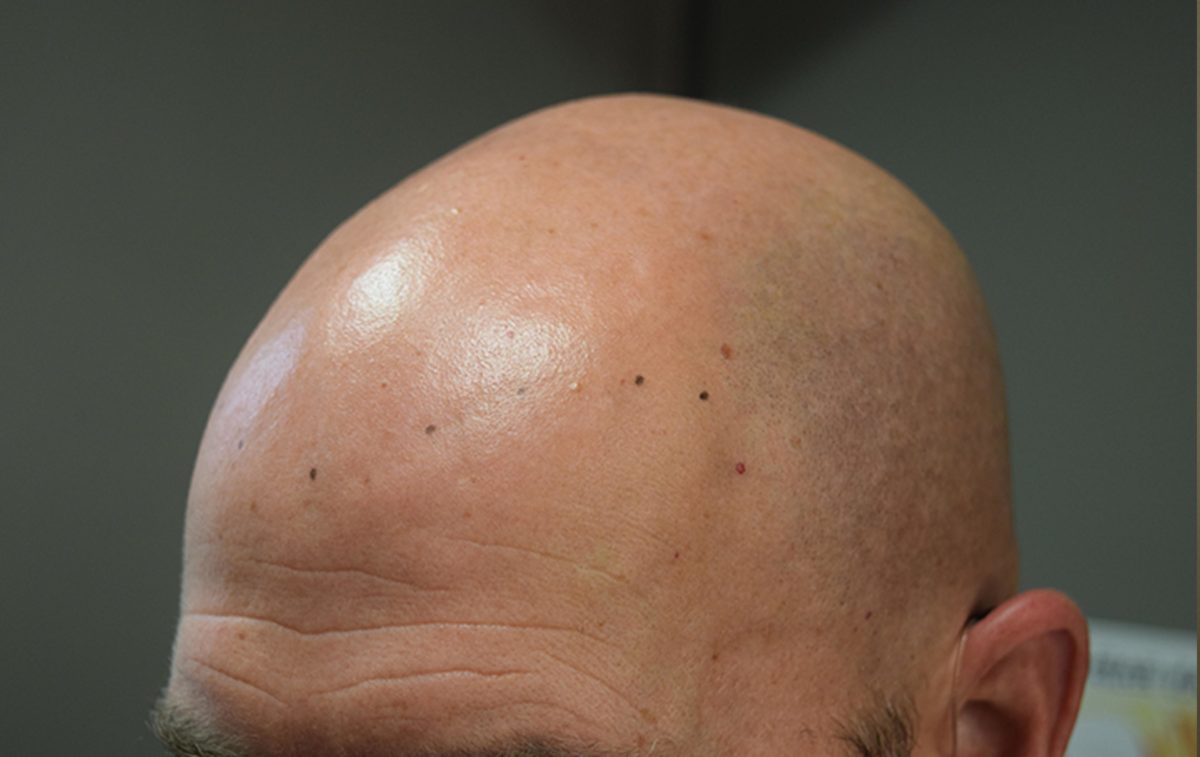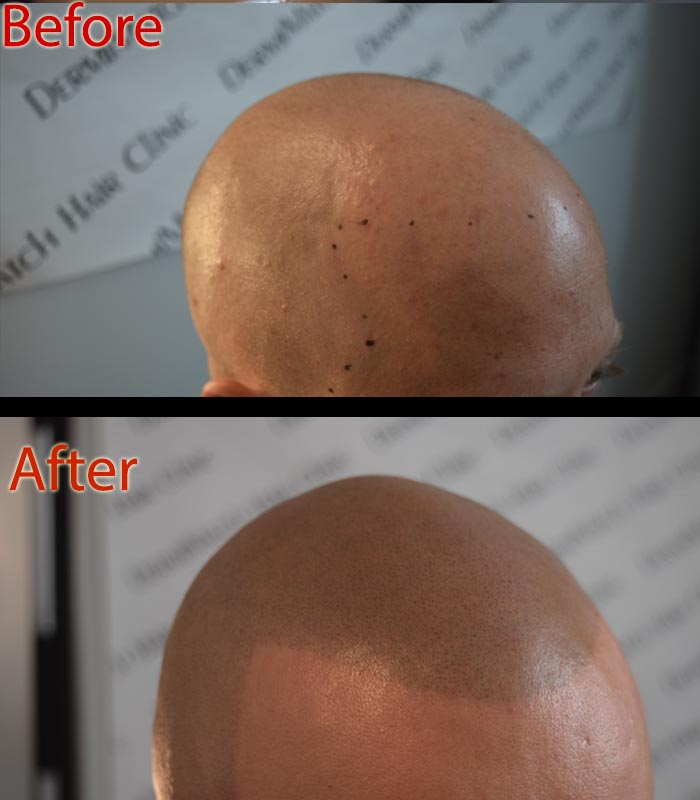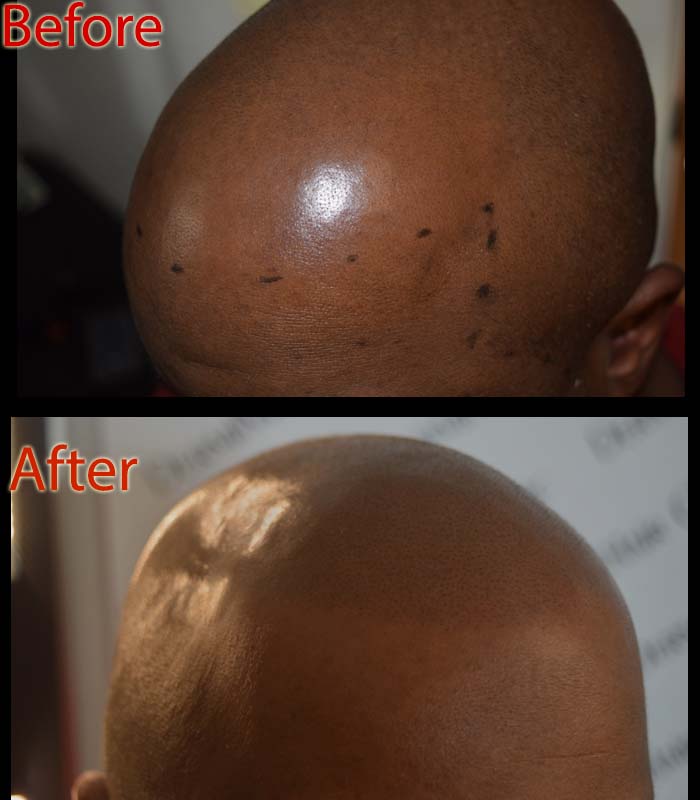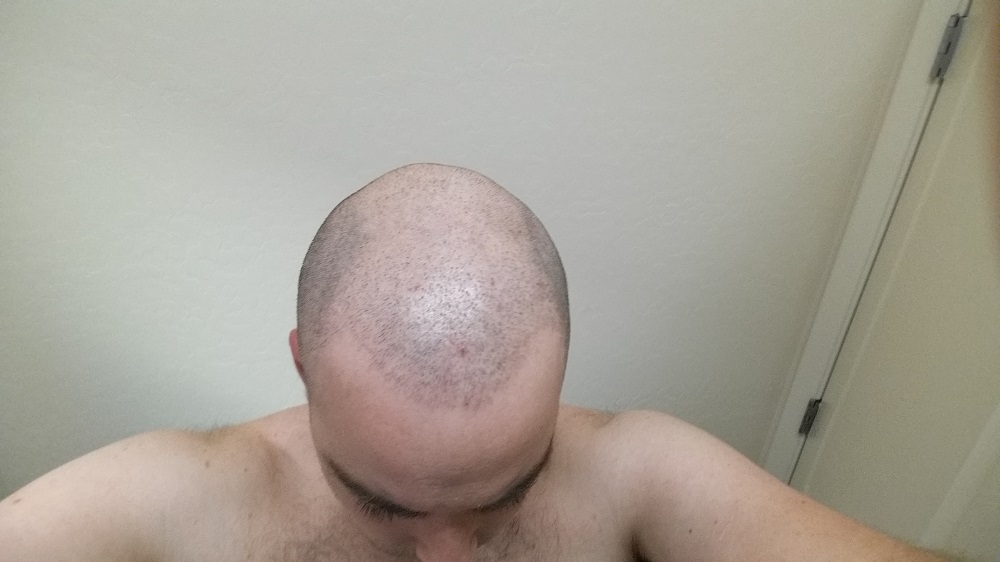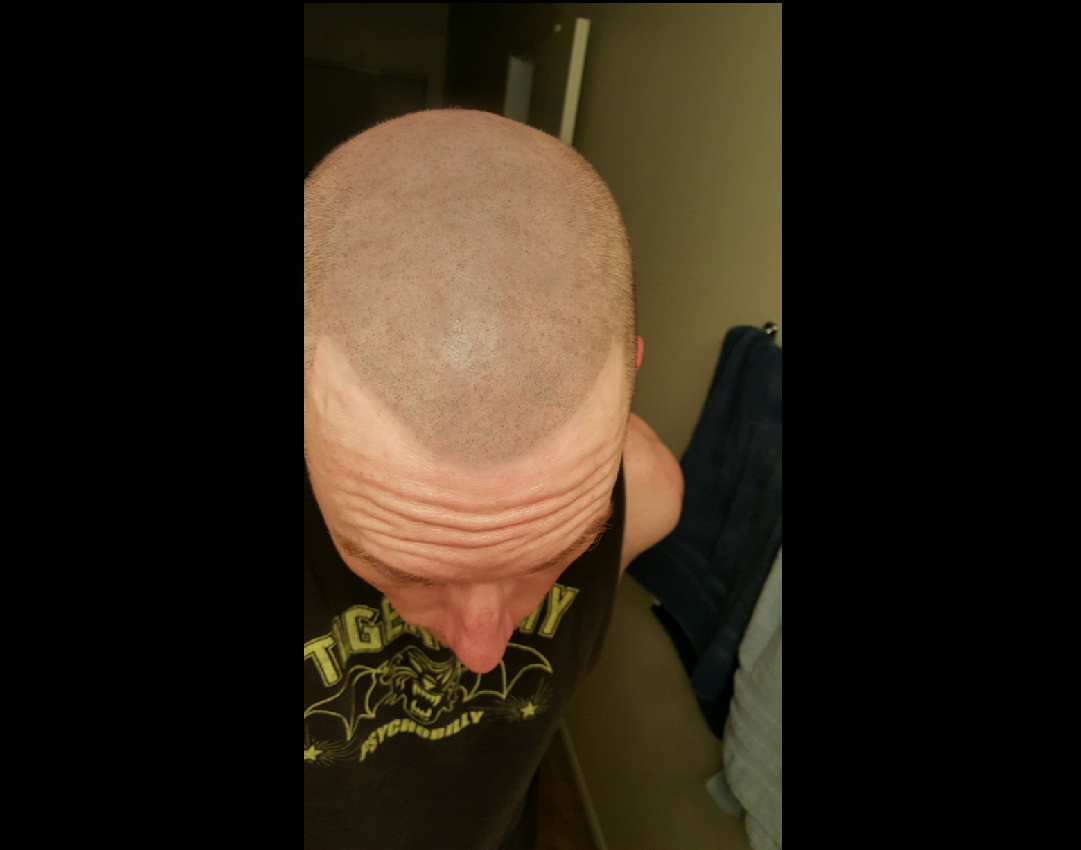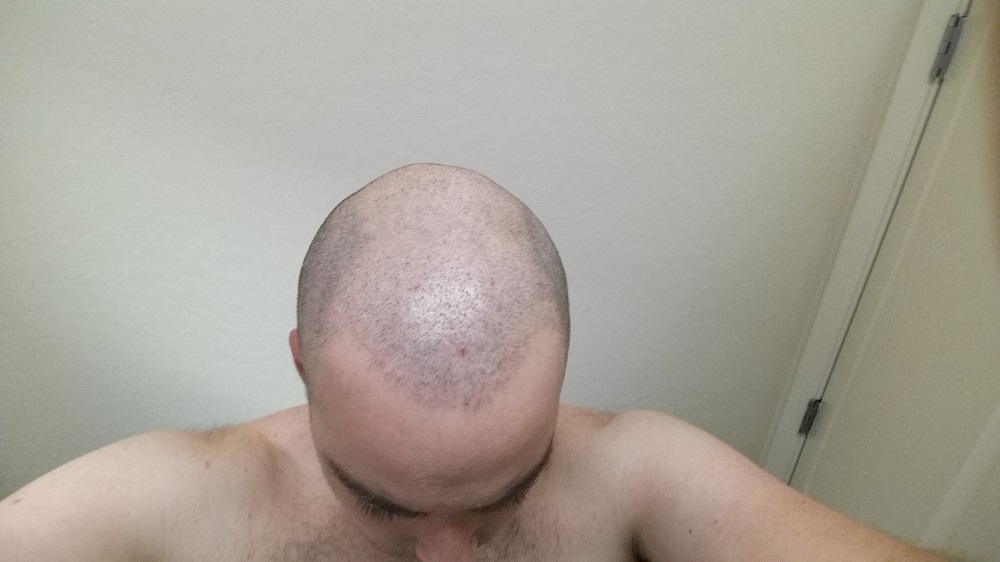There’s a taboo attached to baldness. So when that sight of receding hairlines or thinning hair or bald patches appears, it breaks many hearts. The reason is simple – some think that bald is not beautiful as it affects one’s physical attributes. Hair can be a big deal in making or ruining one’s personality. It may even give you a feeling of aging. But that does not mean it is a sin to carry a bald head. It’s your life. It’s your choice.
Why Do Men Go Bald?
In a majority of men, male pattern baldness may be the result of hormonal changes, genetics, lifestyle, dietary choices, and age. Some treatments may also result in excessive hair shedding, and the same goes for chronic stress.
Male pattern baldness is often defined as extensive hair loss, which may start as a receding hairline that gradually takes the shape of an M. Hair loss is always unwanted and progresses due to a disruption in the hair growth cycle. In a majority of cases, male pattern baldness does not reverse. Unfortunately, it is a form of permanent hair loss as the follicles shrivel up.
If we go deeper into the science of hair loss, such type of hair shedding is known as androgenetic alopecia. Your genes are the prime culprits here along with high levels of androgen in the follicle. Sadly, it starts to affect men as early as 21 years of age.
How Hair Loss Affects Men
Some men who experience baldness at a young age feel a lack of self-esteem. It affects their self-confidence as well as their quality of life. They become more self-conscious about their looks. Some men even feel a loss of personal attractiveness. Sadly, there are a few who take to isolation and social withdrawal. Such people often start to experience symptoms of anxiety and depression. Self-image takes a beating, and they gradually withdraw themselves from society.
That’s the reason the hair treatment industry has become a billion-dollar business, with numerous types of hair loss reversal options out there. But the bitter truth is that not all hair loss solutions are effective.
How to Deal with the Problem
Change your hairstyle
You may choose a short hairstyle that could minimize the appearance of baldness.
Grow a beard
If you want to forget about baldness, choose to bald gracefully. One way to do so is to shift the focus to your beard. How about sporting a well-kept beard? It creates an illusion of hair and draws focus from the hairline.
Care
A good hair care regime can help keep your scalp from infection and dandruff. Include more nutrition in your diet to stimulate hair growth. Avoid brushing your hair too often. This is important to prevent damage.
Hair regrowth solutions
There are certain medications for male pattern baldness, which are believed to slow hair loss. Unfortunately, when you stop using these prescription medications, hair loss returns. Some people opt for hair transplant but it is not immune from side effects and has a long recovery period.
Is there any hair restoration solution that works?
Scalp micropigmentation does not involve any invasions. It only involves injecting scalp ink into the tiny dots or follicles. SMP is a permanent hair restoration solution that hides your scalp flaws and gives you a youthful appearance. There is a quick recovery and it does not cause any pain either.
But SMP will work when the pigment is placed into the right depth. A professional scalp artist in Phoenix is the right person for the job. DermiMatch is proud of its team of SMP technicians in Arizona.

